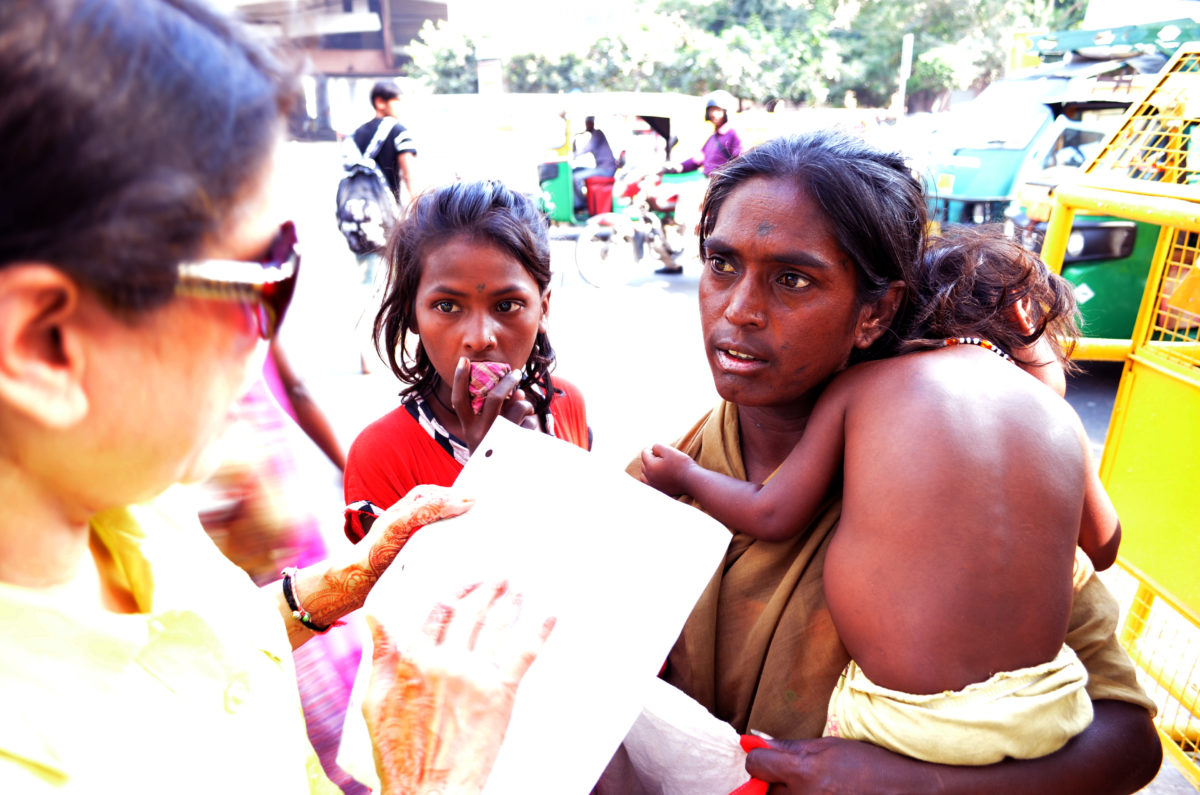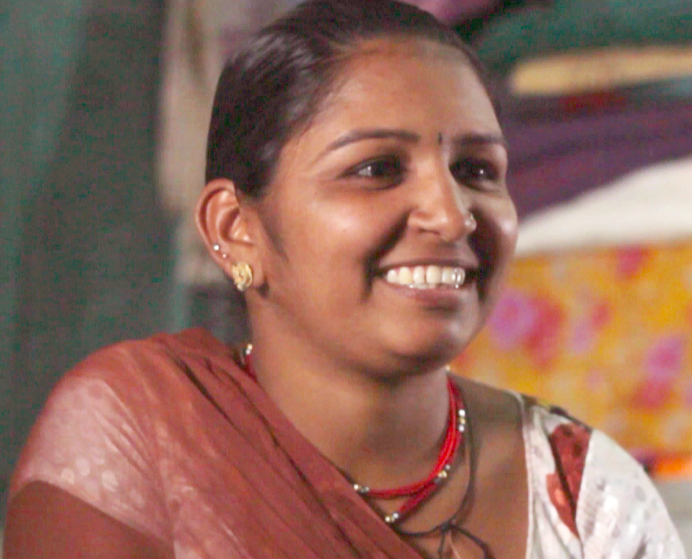In January 2015, over 100 Swaagat Kits were compiled in Prince George and Vancouver, British Columbia, Canada. Overwhelmed by the positive response, we noted that many of the contents were hand crafted, letters shared messages from entire families and words of encouragement and hope from one mother/woman to another, and some items represented both the joy and pain associated with an individuals own struggles with child birth right here in Canada.
In the middle of February 2015, Our Satya accomplished the task of carrying (thanks to West Jets baggage allowance for waiving excess baggage intended for humanitarian relief/Japan Airlines staff for their kind attention to our goal) over 100 Kits over to India, and then gathering a team of volunteers to help distribute the Swaagat Kits to the recipients. The 7 volunteers selected were educators and mothers who understood the complex social issues of the Mewar region. After careful research and attention, Our Satya, selected the largest government hospital in Udaipur, Rajasthan as the beneficiary of the Kits. (Since women of lower caste and a lower poverty bracket can not afford treatment within private facilities, this government hospital treats the rural population travelling from as far as 500kms away)
We were informed that in one day we would meet 50 women coming into the hospital for delivery. So on March 12, 2015, the Volunteers carried the Swaagat Kits to the maternity ward of the Government Hospital of Udaipur, Rajasthan. We were shocked to discover over 100 women who had laboured within the last 48 hrs. As we walked from ward to ward, we found new mothers in the corridors of the hospital, either awaiting the recovery of their infants in ICU, or recovering from their own complications due to childbirth. For just over 6 hours, our team of volunteers, walked from bed to bed, recipient to recipient, listening to stories of joy and pain.







